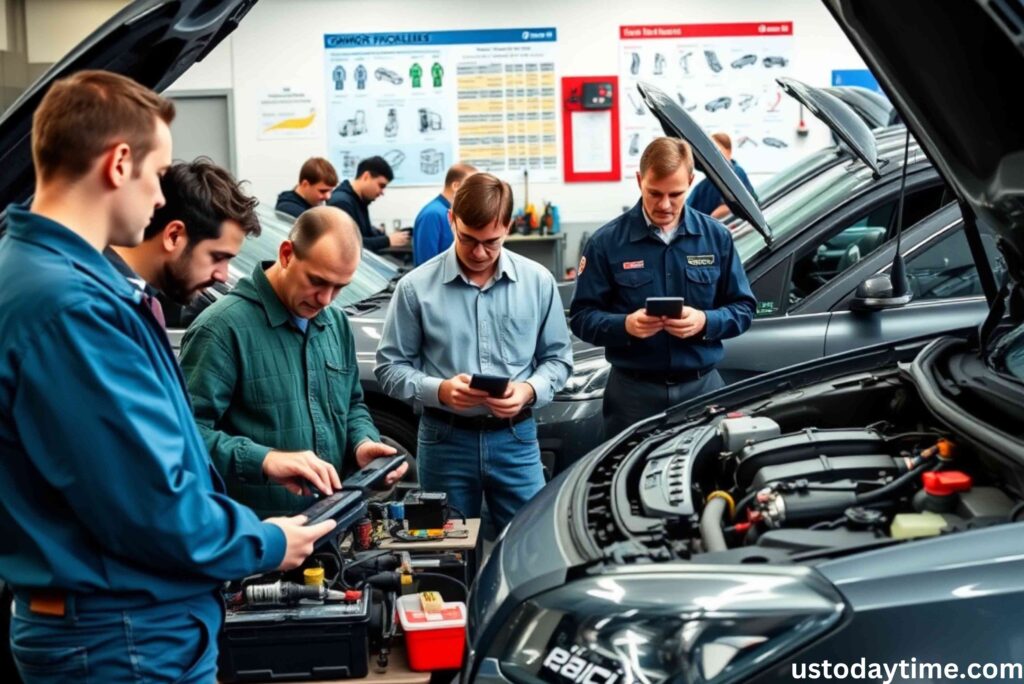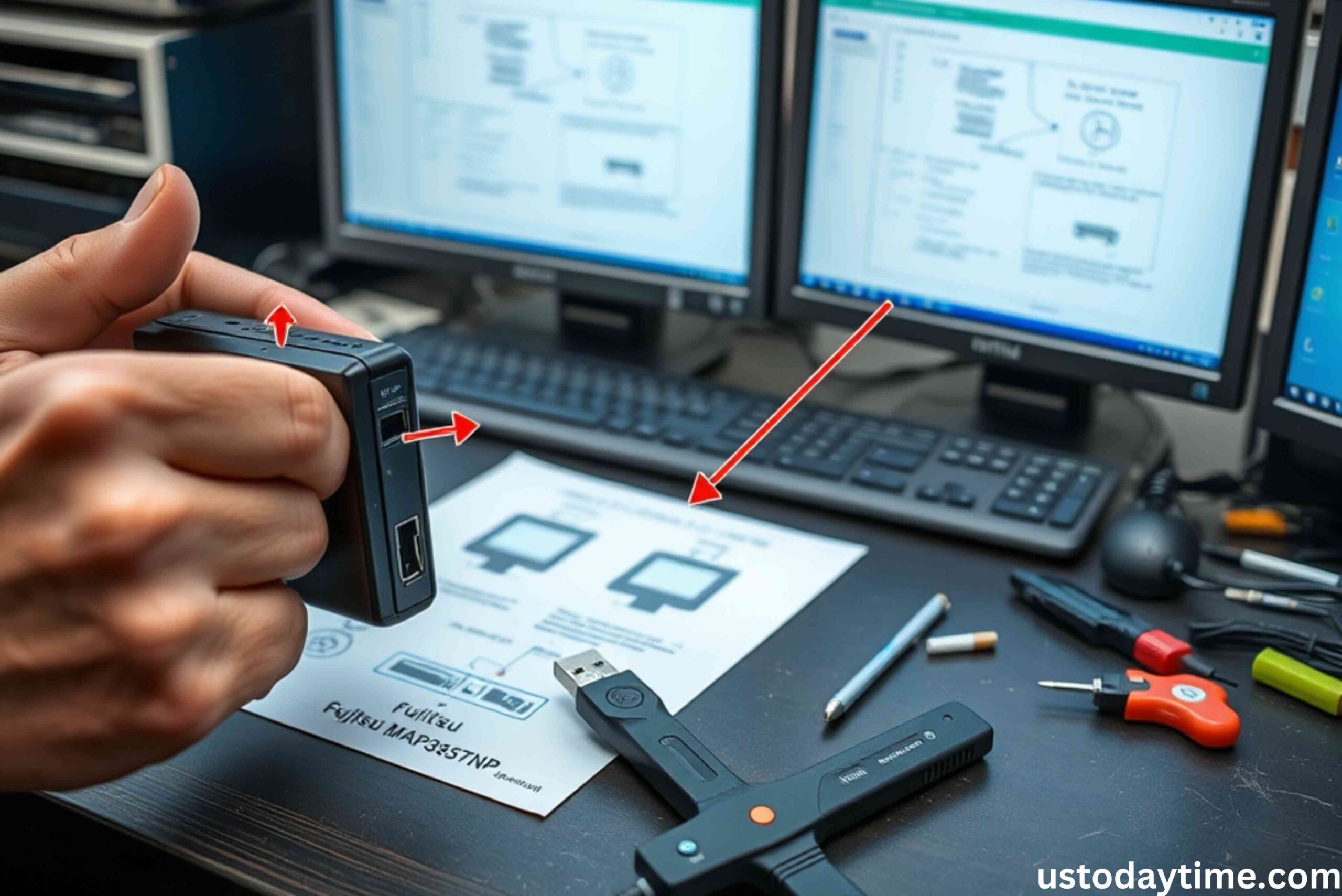Introduction
The fujitsu map3367np hook up to usb port is a legacy SCSI hard drive known for its reliability and speed during its prime in the early 2000s. While modern systems have shifted to SATA, NVMe, and USB-based storage, many users still need to access data on older SCSI drives like the MAP3367NP. Whether you’re recovering archival data, migrating files, or exploring retro tech, connecting this drive to a modern computer via USB requires specific tools and knowledge. In this guide, we’ll walk through the process of hooking up a Fujitsu MAP3367NP to a USB port, addressing challenges like interface compatibility, power requirements, and data access.
Understanding the Fujitsu MAP3367NP
Before diving into the setup, let’s clarify the drive’s specifications:
- Interface: SCSI (Ultra320 or earlier, depending on the model).
- Form Factor: 3.5-inch (common for desktop drives of its era).
- Power Requirements: SCSI drives typically require 12V and 5V power inputs, which USB alone cannot supply.
- Use Case: Often used in servers, workstations, or legacy systems.
Since modern laptops and PCs lack built-in SCSI controllers, you’ll need an intermediary device to bridge the gap between SCSI and USB.
Tools You’ll Need
- SCSI-to-USB Adapter or Enclosure:
- Look for a poweredSCSI-to-USB converter. Cheap passive adapters won’t work due to power limitations.
- Ensure the adapter matches the drive’s SCSI connector type (e.g., 50-pin, 68-pin, or 80-pin). The MAP3367NP likely uses a 68-pin Ultra320 SCSI interface.
- Example: A StarTech SCSI to USB 3.0 adapter with external power.
- External Power Supply:
- SCSI drives require 12V and 5V power. The adapter/enclosure should include a power brick.
- Termination (If Required):
- SCSI chains require termination to prevent signal reflection. If the drive is standalone, some adapters include built-in termination. Verify this in the adapter’s manual.
- Driver Software (If Applicable):
- Modern OSs may lack native SCSI drivers. Check if your adapter requires third-party drivers.
- Data Recovery Software (Optional):
- Tools like R-Studio or DMDE can help recover data if the drive has errors.
Step-by-Step Connection Guide
Step 1: Prepare the Drive
- Handle with Care: Avoid static discharge by grounding yourself.
- Inspect the Drive: Check for physical damage or worn connectors. If the drive was stored improperly, clean the SCSI pins gently with isopropyl alcohol.
Step 2: Connect the Adapter
- Attach the SCSI drive to the adapter/enclosure, ensuring the connector aligns properly.
- If using a 68-pin to 50-pin adapter (common in older enclosures), ensure compatibility.
Step 3: Power the Drive
- Connect the adapter’s power supply to an outlet.
- Turn on the adapter/enclosure. The drive should spin up (listen for a humming sound).
Step 4: Connect to USB
- Plug the USB cable into your computer.
- Wait for the OS to detect the device. On Windows, check Disk Management (msc); on macOS, look for the drive in Disk Utility.
Step 5: Access the Data
- If the drive appears, browse it like any external storage device.
- If the drive isn’t recognized:
- Try a different USB port or cable.
- Test the adapter on another computer.
- Check for OS-specific drivers.
Troubleshooting Common Issues

Problem 1: Drive Not Detected
- Cause: Incorrect termination, insufficient power, or driver issues.
- Fix:
- Ensure the adapter is terminated (if required).
- Verify the power supply is working.
- Test the drive on a Linux system (which often has better SCSI support).
Problem 2: Unreadable File System
- Cause: The drive may use an outdated file system (e.g., NTFS, FAT32, or proprietary formats).
- Fix:
- Use data recovery software to extract files.
- For RAID arrays, try tools like UFS Explorer.
Problem 3: Slow Performance
- Cause: USB 2.0 bottlenecks or drive degradation.
- Fix:
- Use a USB 3.0 adapter for faster transfers.
- Clone the drive to a modern SSD/HDD using tools like ddrescue.
Problem 4: Strange Noises
- Cause: Mechanical failure (e.g., stuck heads or bearing wear).
- Fix:
- Power off immediately to avoid further damage.
- Consult a professional data recovery service.
Safety Tips
- Avoid Frequent Power Cycles: Older drives are prone to failure when repeatedly powered on/off.
- Backup First: If the drive is functional, clone it before extensive use.
- Monitor Temperature: SCSI drives can overheat in poorly ventilated enclosures.
Alternatives to USB Adapters
If the USB route proves unreliable, consider these options:
- Install a SCSI Controller Card: Add a PCIe SCSI card to a desktop PC for native support.
- Use a Legacy System: Connect the drive to an old computer with SCSI ports and transfer data over a network.
Conclusion
Connecting a Fujitsu MAP3367NP SCSI drive to a USB port is feasible with the right tools and patience. While the process involves navigating power requirements, termination, and driver compatibility, the reward is access to valuable legacy data. Always prioritize data safety by cloning the drive and handling it with care. For drives showing signs of failure, professional recovery services are a wise investment. By bridging the gap between old and new tech, you ensure that critical data isn’t lost to obsolescence.
FAQs:
1. Do I need to “terminate” the drive?
Yes. SCSI chains require termination at the end to prevent signal interference. If your adapter doesn’t include built-in termination, attach a physical terminator to the drive’s second port.
2. Can I use a SCSI-USB adapter without external power?
No. SCSI drives require 12V and 5V power, which USB ports cannot provide. Always use a powered adapter or enclosure.
3. Are SCSI-to-USB adapters compatible with all SCSI drives?
Most adapters support common 50-pin, 68-pin, or 80-pin SCSI connectors. Verify your drive’s interface (the MAP3367NP uses 68-pin Ultra320 SCSI) and match it to the adapter.
4. Can I boot from a SCSI drive via USB?
Unlikely. Most modern systems won’t recognize a SCSI drive as a bootable device over USB. For booting, install the drive internally using a SCSI controller card.
5. My drive makes clicking noises. Is it dead?
Clicking often indicates mechanical failure (e.g., stuck heads or motor issues). Power it off immediately to avoid further damage. Professional data recovery services may still retrieve your data



